♻️ RollPros™ Blackbird Consumables: How to Reduce Waste and Maximize Output 🚀

Running a high-volume pre-roll operation means every gram of material counts, and every minute of downtime costs money. 💰 Whether you're a licensed cannabis producer or a hemp brand scaling up production, optimizing your Automated Pre-Roll Joint Rolling Machine Consumables (RollPros™ Blackbird Compatible) can dramatically reduce waste while boosting throughput. In this guide, we'll show you proven strategies to minimize material loss, extend consumable life, and keep your RollPros™ Blackbird running at peak efficiency. From choosing the right Custom Rolling Paper Bobbins to maintaining your Custom Filter Tips and Custom Glass Tips, these tactics will help you cut costs and maximize every production run. 📈✨
Table of Contents 📋
- Understanding Your Consumables Ecosystem
- How Paper Waste Happens (And How to Stop It)
- Optimizing Custom Rolling Paper Bobbins
- Filter Tips: Reducing Jam-Ups and Misfeeds
- Custom Glass Tips: Durability Meets Sustainability
- Material Handling Best Practices
- Maintenance Schedules That Prevent Waste
- Batch Management for Maximum Efficiency
- Storage and Environment Control
- ROI: Calculating Your Waste Reduction Wins
1. Understanding Your Consumables Ecosystem 🔍
Your Automated Pre-Roll Joint Rolling Machine Consumables work together as an integrated system. When one component fails or performs poorly, it creates a cascade effect that impacts everything downstream. 🌊
The Three Pillars of Blackbird Consumables:
📄 Custom Rolling Paper Bobbins – The foundation of your pre-rolls. Poor-quality paper leads to tears, jams, and inconsistent burns.
🔌 Custom Filter Tips – Essential for structural integrity and consumer experience. Misaligned or low-quality tips cause rejection rates to skyrocket.
💎 Custom Glass Tips – Premium, reusable alternatives that reduce long-term costs while appealing to eco-conscious consumers.
Understanding how these components interact helps you identify bottlenecks before they become expensive problems. For example, using paper that's too thin with rigid filter tips can cause tearing during the rolling process, while paper that's too thick may not seal properly with certain tip diameters. ⚙️
2. How Paper Waste Happens (And How to Stop It) 🛑
Paper waste is the silent profit killer in automated pre-roll production. Here's where it typically occurs:
🔴 Startup Waste: Every time you fire up your Blackbird, the first few rolls are often test runs that get discarded. This can add up to 50-100 papers per shift if you're running multiple startups.
Solution: Create standardized startup protocols. Pre-load consumables the night before, run calibration tests at shift end rather than shift start, and keep a "first run" collection that can be hand-inspected rather than auto-rejected.
🔴 Jam-Related Waste: When paper jams, you don't just lose the jammed paper – you often lose 3-5 additional papers during the clearing and reset process.
Solution: Invest in high-quality Custom Rolling Paper Bobbins with consistent thickness. Check tension settings weekly and keep backup bobbins stored in climate-controlled conditions (more on this below). 🌡️
🔴 Misalignment Waste: If your paper isn't feeding straight, you'll get incomplete rolls that must be scrapped.
Solution: Install alignment guides and train operators to recognize early warning signs of misfeeding (unusual sounds, visible wobbling, inconsistent roll weights).
3. Optimizing Custom Rolling Paper Bobbins 📜✨
Your Custom Rolling Paper Bobbins are arguably the most critical consumable in your operation. Here's how to get maximum value:
Choose the Right Paper Specs 📏
Not all rolling paper is created equal for automated machinery:
- Weight: 13-14 GSM works best for most cannabis pre-rolls
- Porosity: Look for 25-35 CORESTA units for optimal burn rate
- Width consistency: ±0.1mm tolerance prevents feed issues
- Bleaching method: Unbleached or naturally bleached papers reduce chemical taste
Maximize Bobbin Longevity 🔄
- Store bobbins in their original packaging until use
- Keep humidity levels between 40-55% (use hygrometers!)
- Rotate stock using FIFO (First In, First Out) methodology
- Never store bobbins directly on concrete floors (moisture wicking)
Calculate True Cost-Per-Unit 💵
Don't just look at bobbin price – calculate your actual cost including waste:
True Cost = (Bobbin Price / Usable Papers) + (Waste Rate × Material Cost)
A slightly more expensive bobbin with 2% waste rate beats a cheap bobbin with 8% waste every time. 📊
4. Filter Tips: Reducing Jam-Ups and Misfeeds 🎯
Custom Filter Tips are where many operators lose money without realizing it. Here's how to optimize:
Tip Selection Criteria ✅
- Diameter precision: ±0.05mm tolerance for Blackbird compatibility
- Material consistency: No soft spots or compression variations
- Moisture content: 4-6% prevents brittleness or limpness
- Static control: Anti-static coatings prevent sticking and misfeeds
Loading and Handling Best Practices 🤲
Do:
- Use gloved hands when loading tip cartridges
- Clean the tip feed mechanism every 500 units
- Check for debris in the tip hopper daily
- Keep backup tips in the same environment as your production area
Don't:
- Force jammed tips (troubleshoot the cause instead)
- Mix different tip batches in the same hopper
- Store tips in direct sunlight or near heat sources
- Ignore unusual feed patterns (clicking, double-feeds, gaps)
The Hidden Cost of Bad Tips 💸
A single jammed tip can cost you:
- 1-3 minutes of production time
- 5-10 papers wasted during clearing
- Potential flower spillage (10-30 grams)
- Operator frustration and decreased efficiency
Over 1,000 units, that 1% jam rate becomes a significant profit leak. Investing in premium Custom Filter Tips typically pays for itself within 2-3 production runs. 🚀
5. Custom Glass Tips: Durability Meets Sustainability ♻️💎
Custom Glass Tips represent the future of sustainable pre-roll production. Here's why they're becoming increasingly popular:
Environmental Benefits 🌱
- Reusable for 50-100+ uses with proper cleaning
- Zero paper waste at the tip component
- Appeals to eco-conscious consumers (premium branding opportunity)
- Reduces landfill contribution by up to 30% per production batch
Performance Advantages 🏆
- Consistent draw resistance: Glass maintains its shape indefinitely
- Heat resistance: No scorching or deformation during use
- Flavor preservation: Inert material won't affect taste
- Premium perception: Commands 15-25% price premium in retail
Integration with Blackbird Systems ⚙️
While glass tips require some workflow adjustments:
- Manual insertion: Most glass tips are inserted post-rolling
- Quality control: Easier to inspect than paper tips
- Cleaning protocols: Establish sanitization procedures for reused tips
- Packaging considerations: Requires protective packaging to prevent breakage
Pro Tip: Offer both paper-tipped and glass-tipped products. This lets you serve price-sensitive customers while capturing premium market segments. 🎯
6. Material Handling Best Practices 📦✨
How you handle materials before they reach the machine is just as important as machine operation itself.
Receiving and Inspection 🔍
When your Automated Pre-Roll Joint Rolling Machine Consumables arrive:
- Inspect packaging for damage before accepting shipment
- Verify quantities match packing slips
- Check 5% of items for quality issues (random sampling)
- Document any discrepancies immediately
- Store in designated quarantine area until approved
Staging for Production 🎬
Create a "ready zone" near your Blackbird:
- One shift's worth of consumables (prevents overhandling)
- Labeled by batch/lot number for traceability
- Climate-controlled to match production environment
- Organized by order of use (FIFO system)
Contamination Prevention 🛡️
Contaminated consumables = waste. Protect your investment:
- Clean hands/gloves only when handling
- Keep consumables away from flower storage (trichome transfer)
- Use sealed containers during non-production hours
- Implement "clean zone" protocols around the Blackbird
7. Maintenance Schedules That Prevent Waste 🔧📅
Regular maintenance is waste prevention in action. Here's your schedule:
Daily Tasks (5 minutes) ✅
- Visual inspection of paper path
- Tip hopper level check
- Remove dust/debris from rollers
- Verify alignment marks
- Log any unusual observations
Weekly Tasks (30 minutes) 🔄
- Deep clean paper feed rollers
- Calibrate tension settings
- Inspect Custom Rolling Paper Bobbins for wear
- Test tip feed mechanism with sample batch
- Replace worn rubber components
Monthly Tasks (2 hours) 📆
- Complete machine teardown and cleaning
- Replace all sacrificial parts (gaskets, O-rings)
- Lubricate per manufacturer specifications
- Update firmware if available
- Document component lifespans for trend analysis
Quarterly Tasks (4 hours) 🏗️
- Professional calibration service
- Replace high-wear components preemptively
- Review waste logs and identify patterns
- Update SOPs based on lessons learned
- Train new operators on best practices
The ROI of Maintenance: Every hour spent on maintenance saves 3-5 hours of troubleshooting and 2-4% in waste reduction. 💪
8. Batch Management for Maximum Efficiency 📊🚀
Smart batch management reduces waste at the strategic level:
Batch Sizing Strategy 📏
Small Batches (500-1,000 units):
- ✅ Lower risk if parameters need adjustment
- ✅ Easier quality control
- ❌ More startups = more startup waste
- ❌ Frequent changeovers
Large Batches (3,000-5,000 units):
- ✅ Fewer startups = less startup waste
- ✅ Operator efficiency increases
- ❌ Higher risk if something goes wrong
- ❌ Requires more storage space
Sweet Spot: 1,500-2,500 units per batch for most operations. 🎯
Product Mix Optimization 🎨
Plan your production schedule to minimize changeovers:
- Group similar products (same paper, same tips)
- Run high-volume SKUs first (warm-up period absorption)
- Save custom or specialty products for end of shift
- Keep "standard" setups as baseline for troubleshooting
Waste Tracking Per Batch 📈
Create a simple tracking system:
Batch ID: [Date]-[Product]-[Run Number] Planned Output: [X] units Actual Output: [Y] units Waste Count: [Z] papers, [A] tips Waste Reasons: [List] Operator Notes: [Comments]
This data reveals patterns that guide improvement efforts. 🔍
9. Storage and Environment Control 🌡️💧
Your production environment directly impacts consumable performance:
Optimal Storage Conditions 🏠
Temperature: 65-72°F (18-22°C)
- Too cold: Paper becomes brittle
- Too hot: Adhesives soften, tips deform
Humidity: 40-55% RH
- Too dry: Static electricity, paper breaks
- Too humid: Paper wrinkles, tips swell
Light: Minimal exposure
- UV degrades paper over time
- Keep bobbins in original packaging until use
Environmental Controls 🎛️
Minimum Setup (Budget-Conscious):
- Portable hygrometer/thermometer ($20-50)
- Dehumidifier or humidifier as needed ($100-300)
- Blackout curtains or storage cabinets ($50-200)
Optimal Setup (Professional):
- HVAC with humidity control ($2,000-10,000)
- Climate-controlled storage room ($5,000-15,000)
- Automated monitoring with alerts ($500-2,000)
ROI Calculation: Proper storage typically reduces consumable waste by 5-15%, paying for itself within 6-12 months for most operations. 💰
10. ROI: Calculating Your Waste Reduction Wins 🏆💵
Let's put numbers to these strategies:
Sample Operation Metrics 📊
Baseline (Before Optimization):
- Production: 10,000 pre-rolls/month
- Paper waste: 8% (800 units)
- Tip waste: 5% (500 units)
- Flower spillage: 2% (200g @ $2/g = $400)
- Total monthly waste cost: ~$1,200
After Optimization:
- Production: 10,000 pre-rolls/month
- Paper waste: 3% (300 units) ✅
- Tip waste: 1.5% (150 units) ✅
- Flower spillage: 0.5% (50g @ $2/g = $100) ✅
- Total monthly waste cost: ~$450
Monthly Savings: $750
Annual Savings: $9,000 🎉
Investment Required 💸
- Premium Custom Rolling Paper Bobbins: +$100/month
- Premium Custom Filter Tips: +$75/month
- Environmental controls: $300 upfront, $20/month electricity
- Enhanced maintenance: +1 hour/week labor ($25)
- Training and documentation: $500 upfront
Total First Year Cost: ~$2,100
Net First Year Savings: ~$6,900
ROI: 329% 🚀
And this doesn't include:
- Reduced machine downtime
- Improved product consistency
- Enhanced brand reputation
- Operator satisfaction and retention
🚀 Ready to Maximize Your RollPros™ Blackbird Output?
Stop wasting money on consumables that fail! 🎯 Upgrade to premium-quality rolling papers, filter tips, and glass tips specifically designed for automated pre-roll machines.
- ✔️ High-precision Custom Rolling Paper Bobbins
- ✔️ Zero-jam Custom Filter Tips with anti-static coating
- ✔️ Eco-friendly Custom Glass Tips for premium products
- ✔️ Compatible with RollPros™ Blackbird systems
- ✔️ Fast shipping on bulk orders
📦 Bulk pricing available | 🚚 Fast, reliable delivery | ♻️ Sustainable options
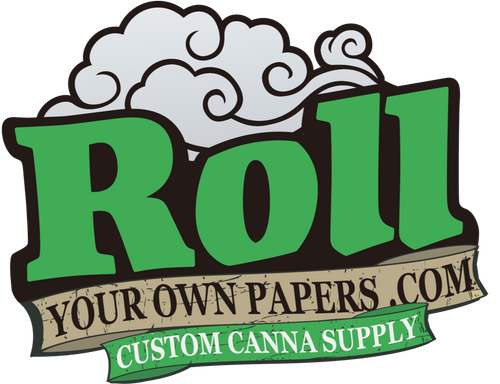
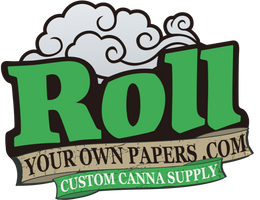
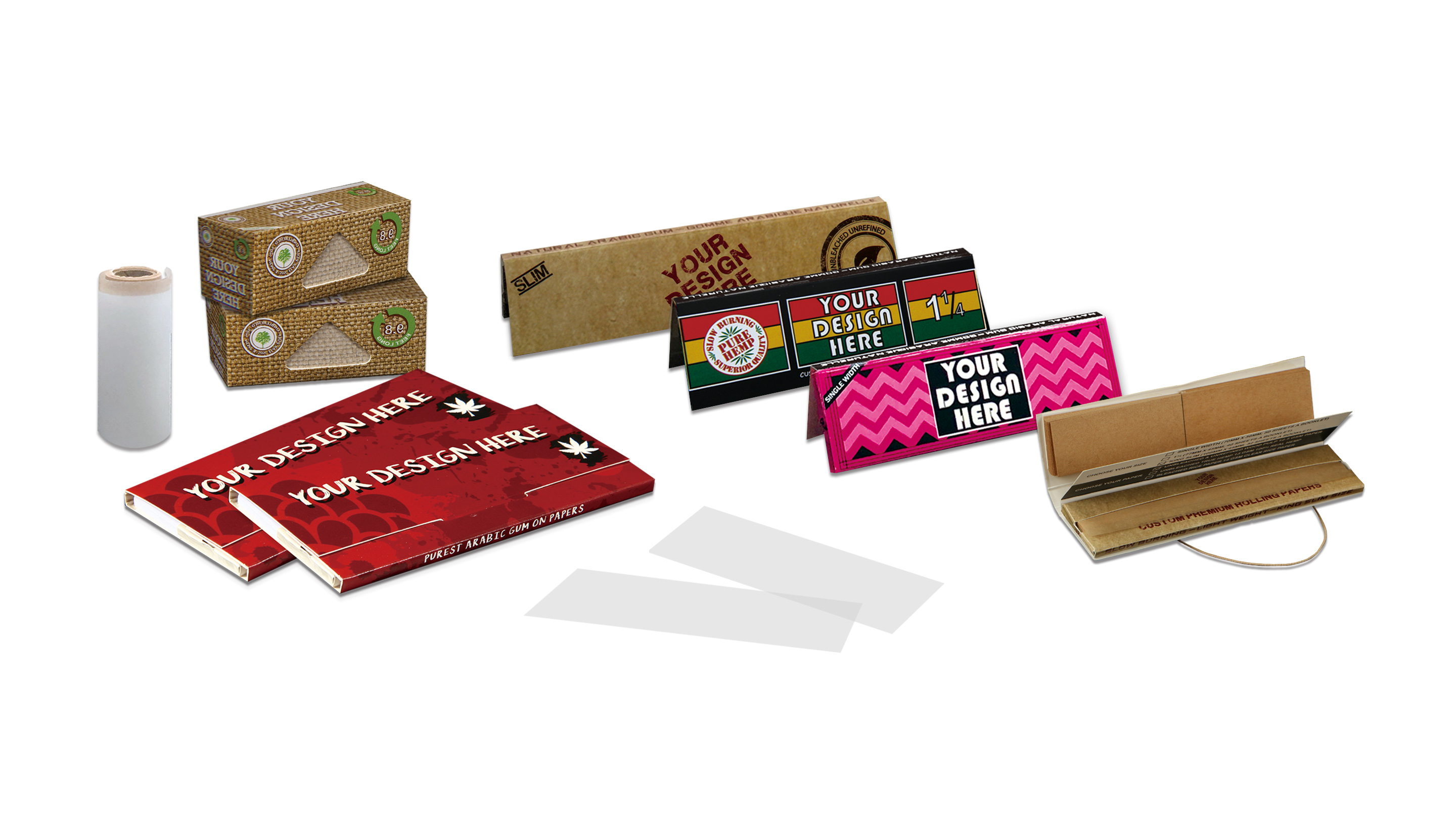
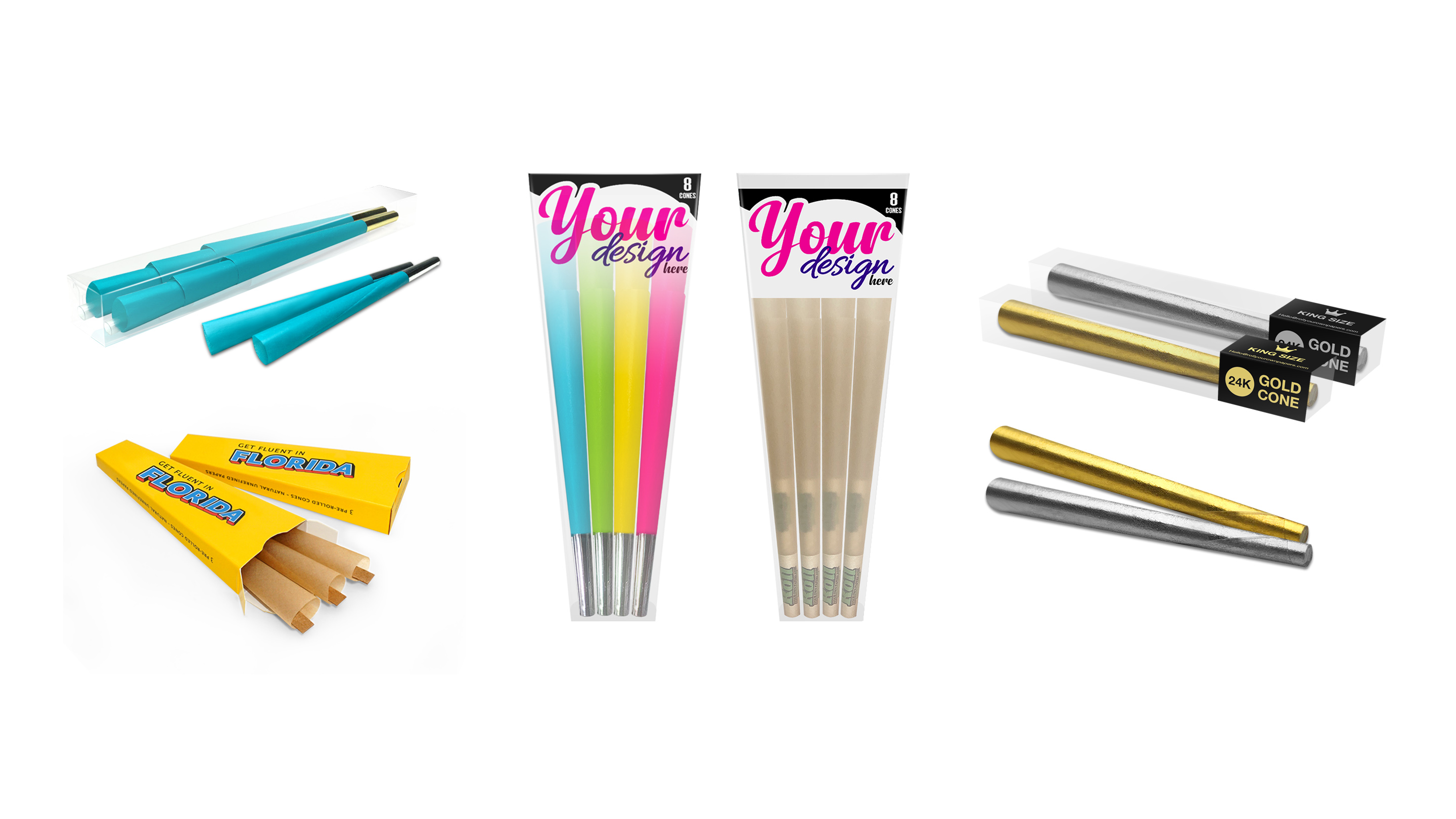
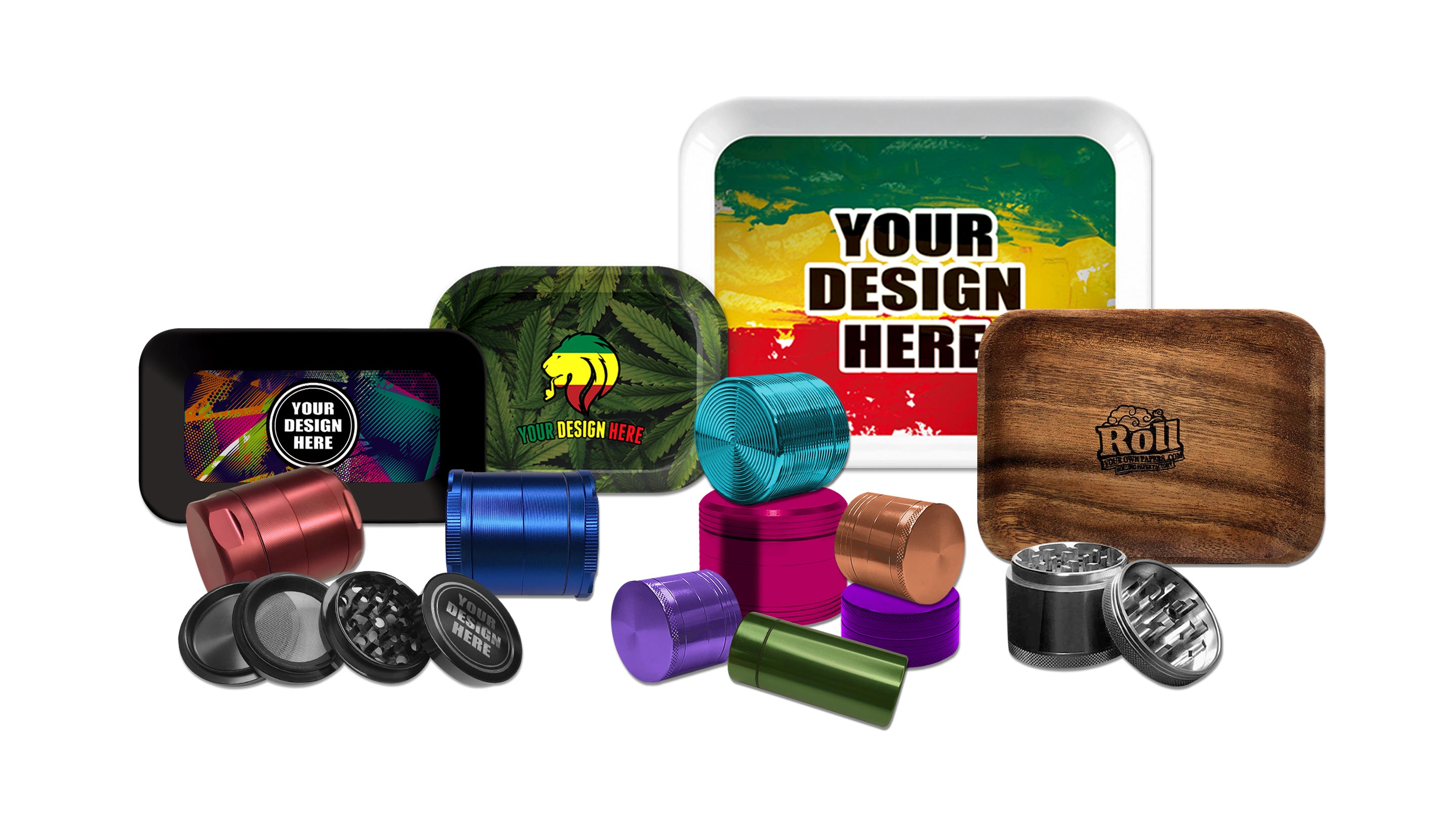
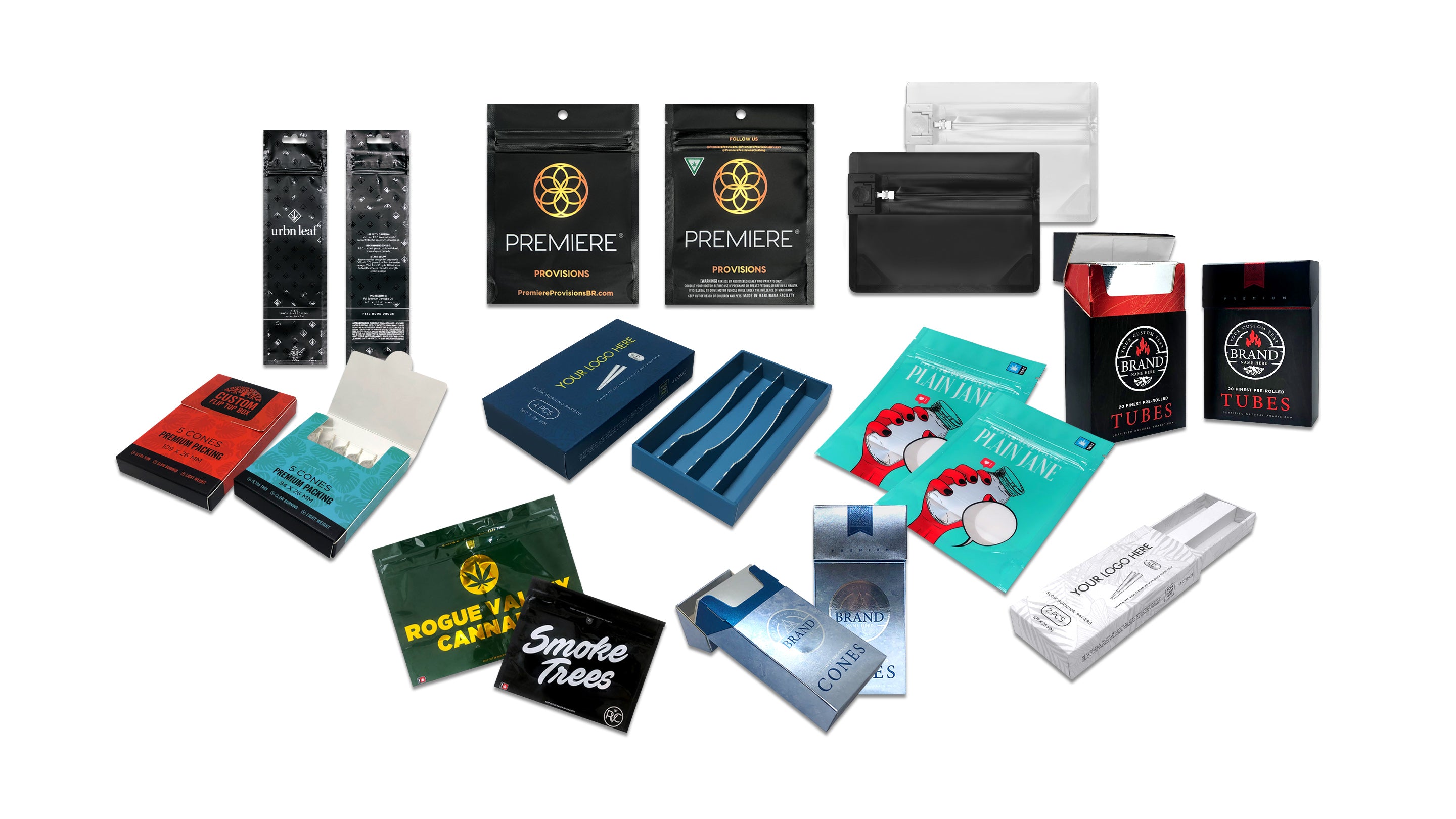
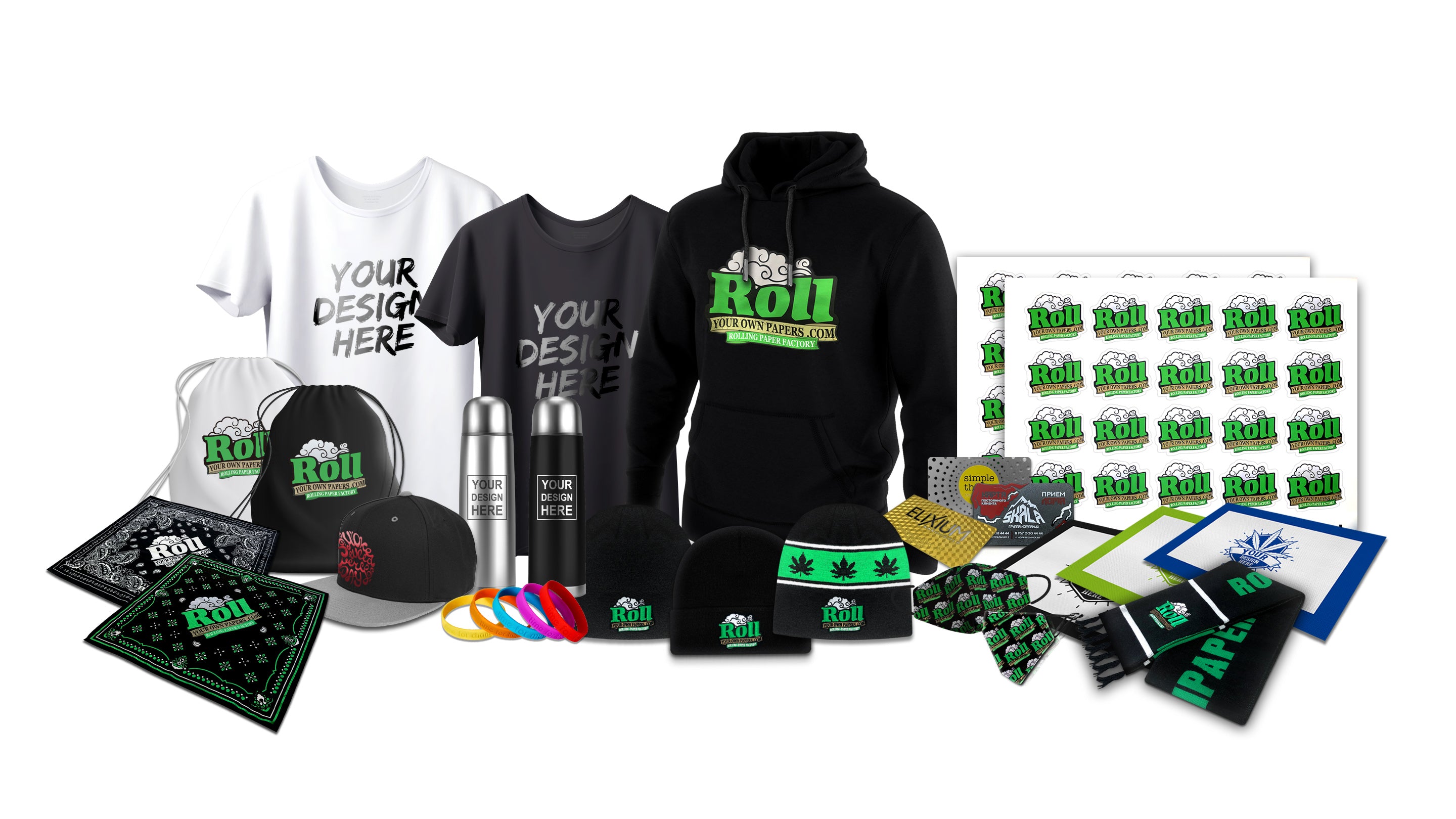
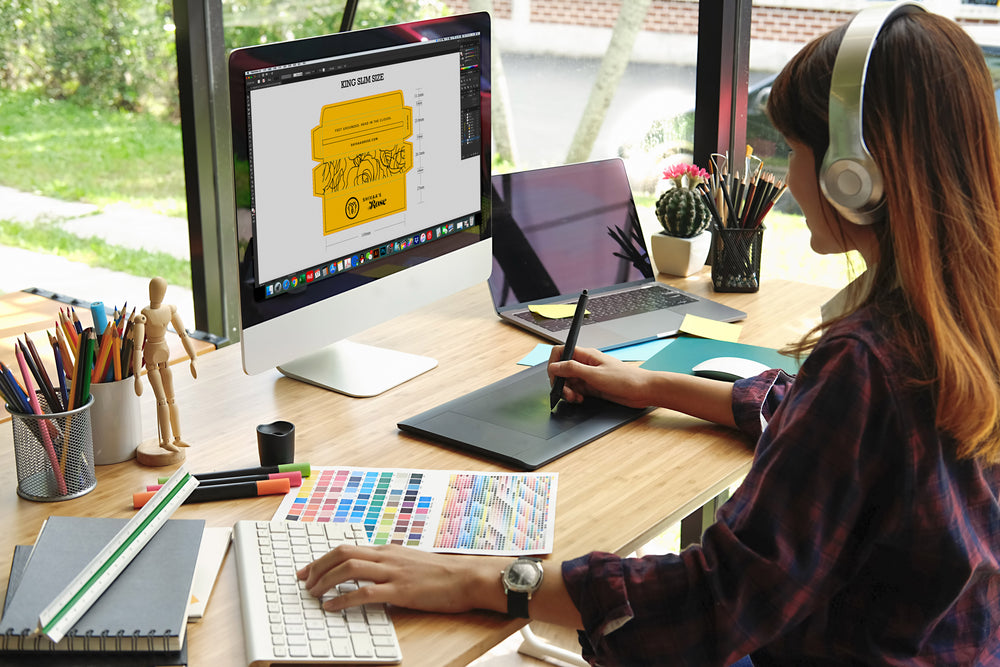



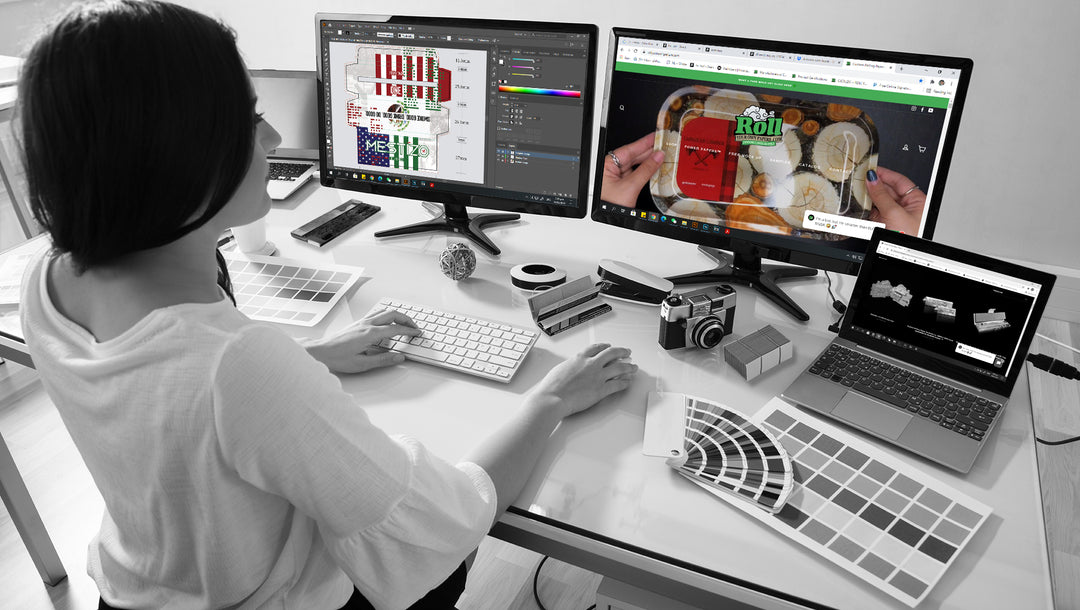
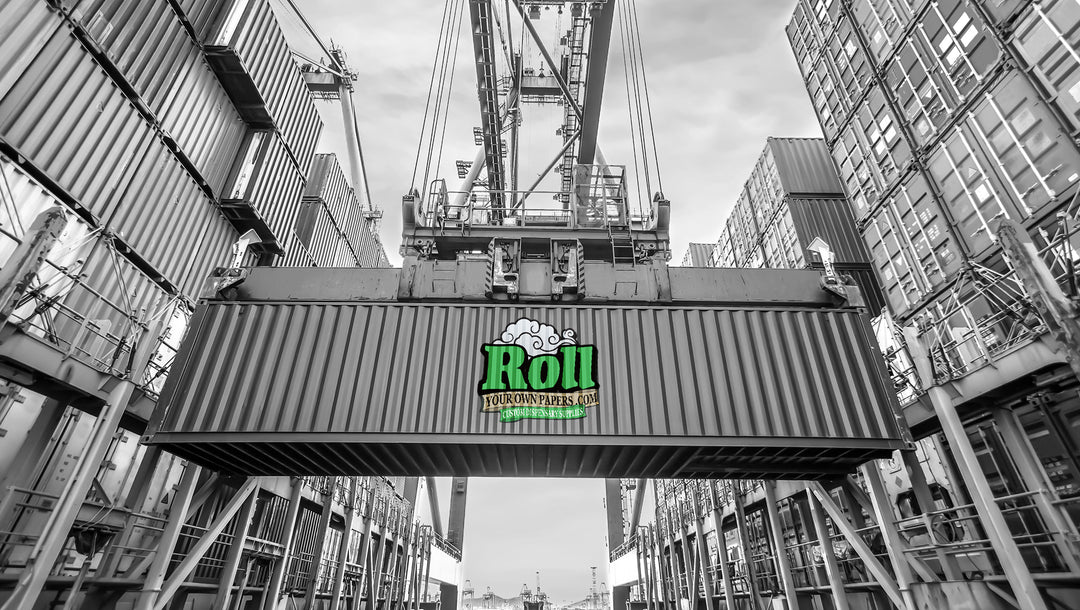
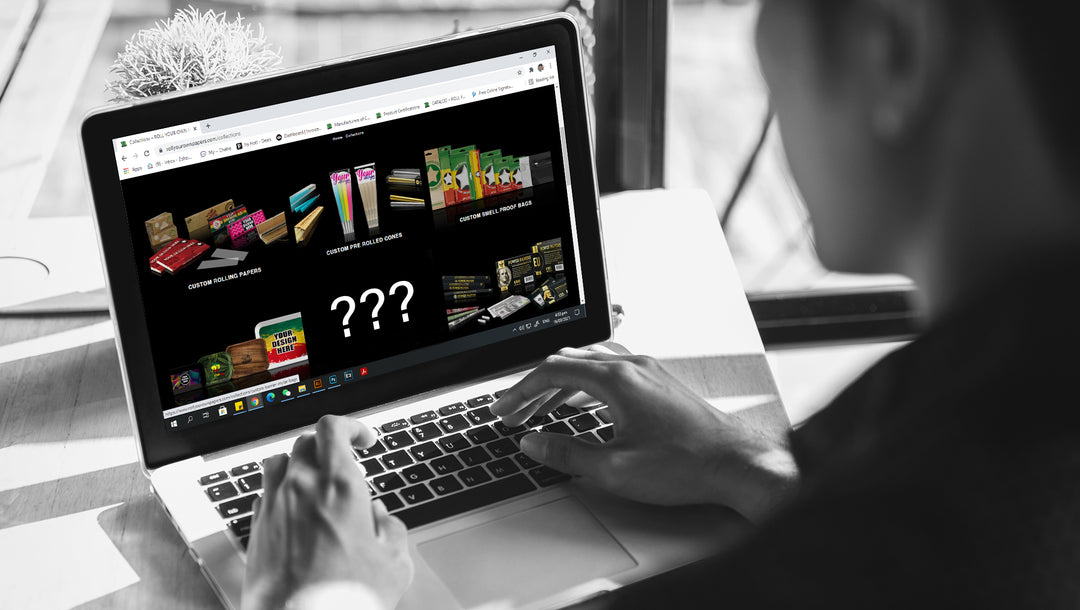
Leave a comment